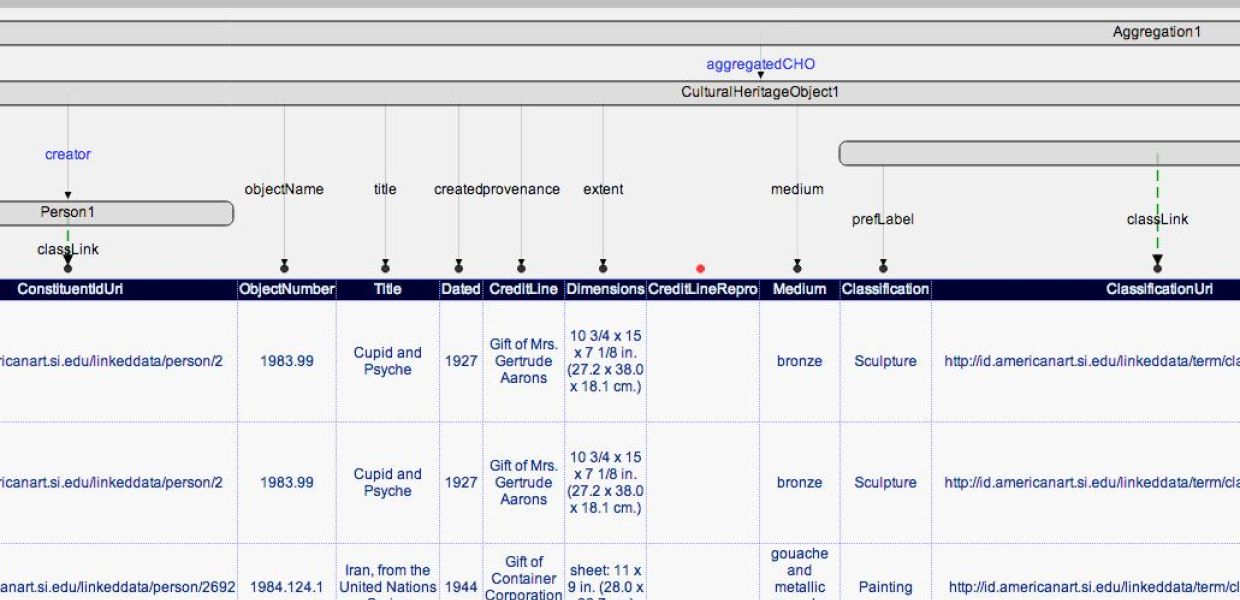Karma

Karma mapping tool - Karma proposes a semantic approach to data mapping. It is a mapping tool that can be used to map data in a variety of formats and from a variety of data sources (databases, spreadsheets, XML…) to structured RDF. It also allows the creation of links to external resources such as DBpedia or GeoNames.
Users first model their source data according to the classes and properties defined in the ontology of their choice using a graphical user interface. Karma learns (through learning techniques, Steiner tree) to recognise the mapping of the data to the ontology and then uses the ontology to suggest semantic types and relationships between them. Users can then adjust the mapping by suggesting new relationships. Users can preview the results of the mapping and also assess the quality of the semantic links that have been created by the tool. Once the mapping is complete, data can be published or stored in a database.
Karma demo: Mapping USC faculty data to Vivo
More general details on Karma are avalaible at http://usc-isi-i2.github.io/karma/ The technical details and source code of Karma are available at https://github.com/InformationIntegrationGroup/Web-Karma-Public
Karma has been used by the Smithsonian American Art Museum to convert records from museums holdings to Linked Open Data according to the Europeana Data Model (EDM). The Smithsonian American Art Museum (SAAM) ontology has extended EDM with a selection of sub-classes and sub-properties to represent the attributes unique to the museums objects.
You can read more about this effort: Connecting the Smithsonian American Art Museum to the Linked Data Cloud .Szekely, P.; Knoblock; A, C.; Fengyu, Y.; Zhu, X.; Fink, E.; Allen, R.; and Goodlander, G. 2013.In Proceedings of the 10th Extended Semantic Web Conference, Montpellier, May.http://www.bibbase.org/cache/www.isi.edu_integration_karma_karma-bib.bib/Szekely:2013vq.html
or watch the presentation, Connecting the Smithsonian American Art Museum to the Linked Data Cloud from Pedro Szekely
